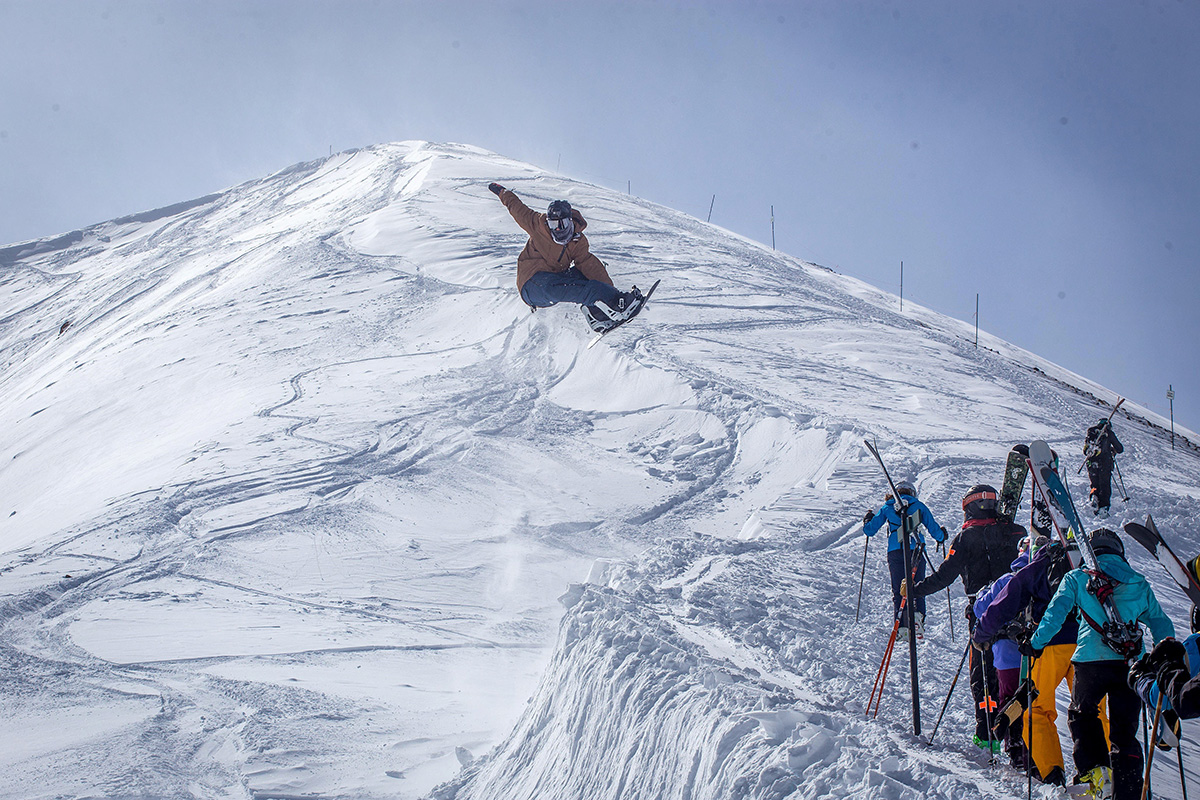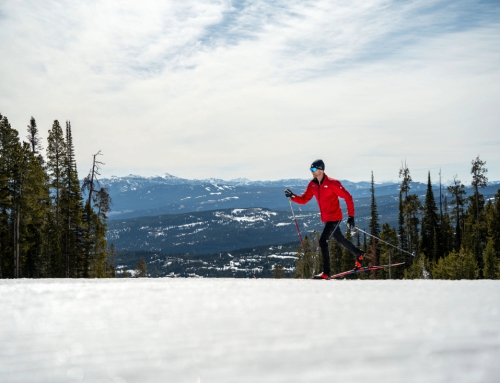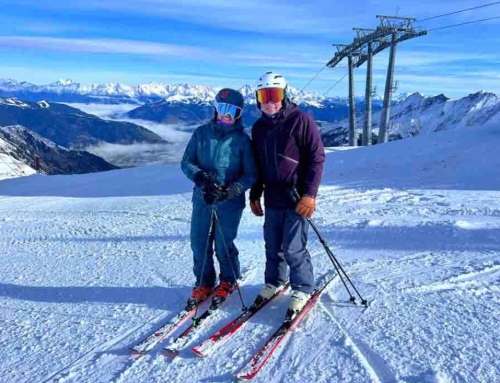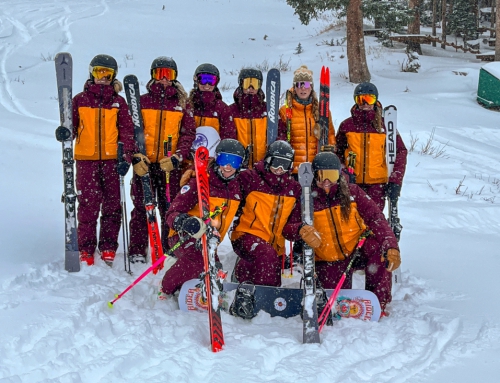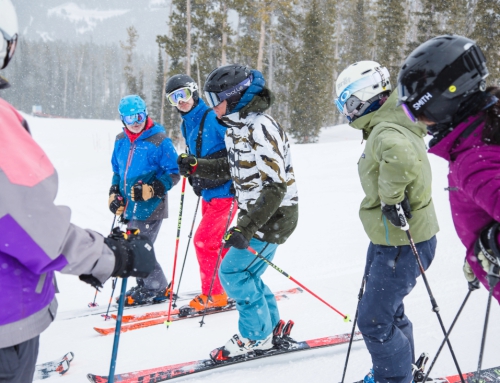32 Degrees: Meet Chad Otterstrom, The “Lifelong Shredder”
This article, by Brennan Metzler, originally appeared in the Fall 2019 Issue of 32 Degrees Magazine. Log in to read more articles.
Professional snowboarder Chad Otterstrom’s career spans the better part of three decades. His accomplishments include: Transworld Snowboarding’s Rider of the Year (2005), Gravity Games (2005) and USASA National Champion (1995), and X Games competitor (1998-2007) and judge (current). Otterstrom has also coached athletes at Stratton Mountain School, Woodward Copper, and Aspen Valley Ski and Snowboard Club.
Here, former PSIA-AASI National Team member Brennan talks with Chad about his coaching style and how to keep the passion in riding.
Brennan: The snowboard industry holds your name in high regard because you’ve stayed true to your identity as a rider.
Chad: The whole balance for me as a rider is being able to make a living and keep the passion while doing it. [Legendary pro rider] Chris Roach once said, “Snowboarding is just a feeling. If you lose that feeling, you lose snowboarding.” It all comes back to the feeling of sliding downhill on PTEX – a sensation that is the similar for [skiers and boarders] – and I have stayed true to that feeling over time.
B: Tell me about your first memory of snowboarding.
C: It was in the mid-80s at a ski hill in Minnesota. My brother and I were riding the chairlift and I saw a snowboarder ripping turns, and I was, like, “Oh my God.” We were skateboarders, and knew we had to try it.
The whole first year I snowboarded I fell, like, every single run. My learning curve was really bad. Then I saved money to go to Mt. Hood, and there I learned the basics – like finding your center of gravity. I’ve been addicted to snowboarding ever since.
B: What are you like as a coach?
C: I like to keep my athletes’ snowboard spirit alive with a good amount of freeriding. I often tell them, “A trick doesn’t count unless you do it on something a human hasn’t touched.” Being able to do tricks in the park is cool, but there is another level when you take your riding to natural features.
A goal for me as a coach has always been to teach snowboarding as a lifelong sport, to teach the passion. Coaching and instructing is like fly fishing; you’ve gotta get your students and athletes hooked. For instructors, the hook is the turn. Get them to experience that feeling of the turn and then set them loose. Get them the bug, hook ‘em for life.
B: How do you feed your passion for riding when coaching most days?
C: As a coach you don’t really [free] ride. You slide around with your athletes and film, but it’s not riding – so you have to make time for riding. I started splitboarding at night after practice, and it became a fun and refreshing way to bring my spirit back to the sport.
You have to have that separation from work. When I went to Aspen, I thought I would coach full out for a long while, but I got burnt out because I didn’t protect my riding.
B: Competitive snowboarding is at this ridiculously high point in terms of human performance. Quadruple corks, massive jumps, and technical rails are all expected tricks in competitions, yet most riders don’t get anywhere near that level. What can we do to keep our students connected to their own snowboard experience, when what they see in media is so out there?
C: Bring it back to the ground level. Turning. The basics. Go butter. You’ve got to keep students in touch with why they do it, instead of this “gymnastics” boarding that the media shows.
People like us have seen everything and anything on a snowboard, and the sport is less magical. So, a good message for students is, “Don’t worry about what it has been, just enjoy where you are and enjoy snowboarding.”
B: In addition to coaching and riding, you judge major snowboard events like the X Games, US Open, and Air and Style. How do you balance your appreciation of snowboard style with judging freestyle events, where tricks and features are at times repetitive?
C: You don’t judge style. You judge execution. Judging style is shallow. You can only judge what happens. But when stylish snowboarders win, snowboarding wins.
B: So what’s next? What do you see yourself doing to keep your snowboard spirit going?
C: I’m on a search for the good snow and the good features. I don’t need to push myself to the point of being scared or a potential injury anymore. I still push myself, but it’s different. I don’t have danger goals anymore.
The progression of the sport is getting back to simply getting out and riding with your buddies in a natural environment. That’s it. That’s ‘in’ right now.

